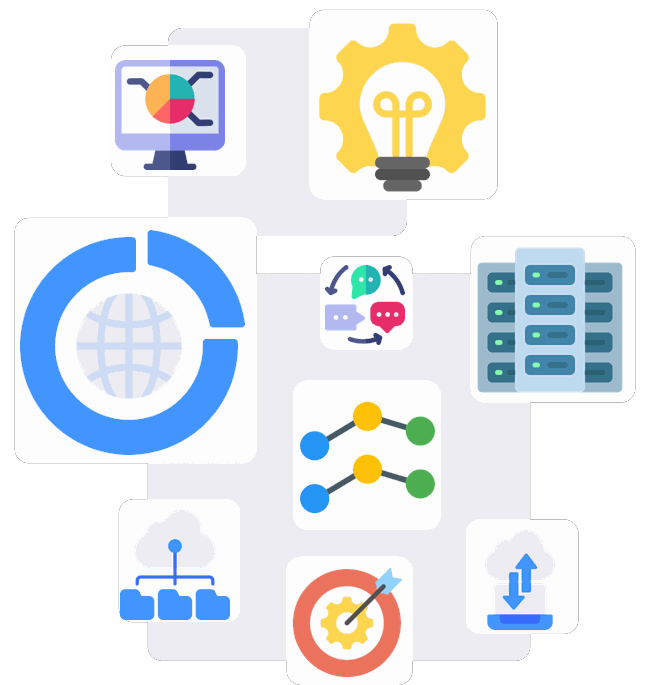Scikit-learn
Scikit-learn is a library for machine learning, developed for the Python programming language. Scikit-learn allows for data analysis, preprocessing, building machine learning models, model evaluation, and much more.

Available specialists
Main features and capabilities of Scikit-learn
Ease of use
Easily integrates with other Python libraries, such as NumPy and Pandas.
Extensive documentation
Detailed instructions and guides help you quickly get acquainted with the library.
Modularity and flexibility
Offers a wide range of tools for working with data at each stage of processing.
Community
Thanks to a large community, Scikit-learn is regularly updated, allowing to enhance and expand the library's functionality.
Main modules of Scikit-learn
sklearn.datasets
A module for loading and creating datasets for testing and training models.
sklearn.preprocessing
Tools for data preprocessing, including feature scaling and encoding categorical variables.
sklearn.cluster
A module containing clustering algorithms for grouping data, such as K-Means and hierarchical clustering.
sklearn.classification
Contains algorithms for classification tasks, including logistic regression and decision trees.
sklearn.regression
Offers regression algorithms for predicting continuous variables.
sklearn.decomposition
A module with dimensionality reduction methods, such as Principal Component Analysis (PCA).
sklearn.feature_selection
Tools for selecting the most important features in the data.
sklearn.metrics
Functions for evaluating model quality, including various metrics and loss functions.
sklearn.model_selection
Tools for data splitting and hyperparameter tuning, including cross-validation and grid search.
Recommendations for Working with Scikit-learn
Understanding the Data
It is necessary to thoroughly explore and understand your data before starting the modeling process.
Preprocessing
You should use the sklearn.preprocessing module for feature scaling and handling missing values to ensure optimal model performance.
Data Splitting
It is necessary to apply sklearn.model_selection for data splitting into training and testing sets, thereby minimizing the risk of overfitting.
Choosing the Right Algorithm
You should familiarize yourself with the various algorithms available in Scikit-learn and choose the one that best suits your specific task.
Hyperparameter Tuning
It is necessary to use hyperparameter tuning tools, such as grid search or random search, for fine-tuning the model and achieving better results.
Model Evaluation
You need to use sklearn.metrics to evaluate the quality of the model, choosing metrics that correspond to your task.
Dimensionality Reduction and Feature Selection
If necessary, you should use methods of dimensionality reduction and feature selection to create simpler and more efficient models.
Contact Us
If you are ready to learn more about how our expert knowledge in Scikit-learn can become your strategic advantage, leave us a message. We are looking forward to the opportunity to work with you!
Let's get started
Please leave your contacts, and we will get in touch with you within one business day.

